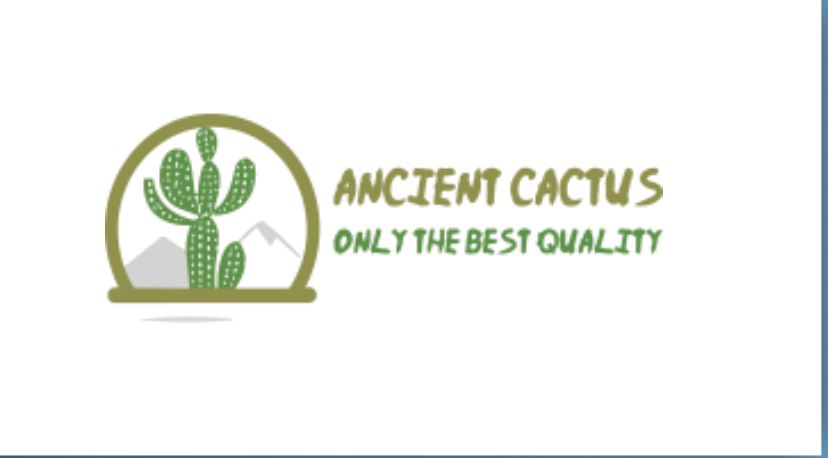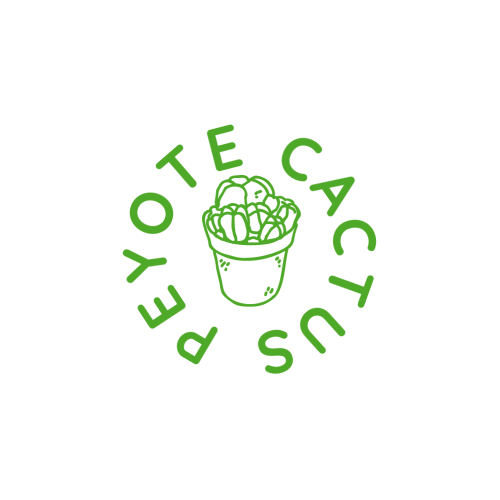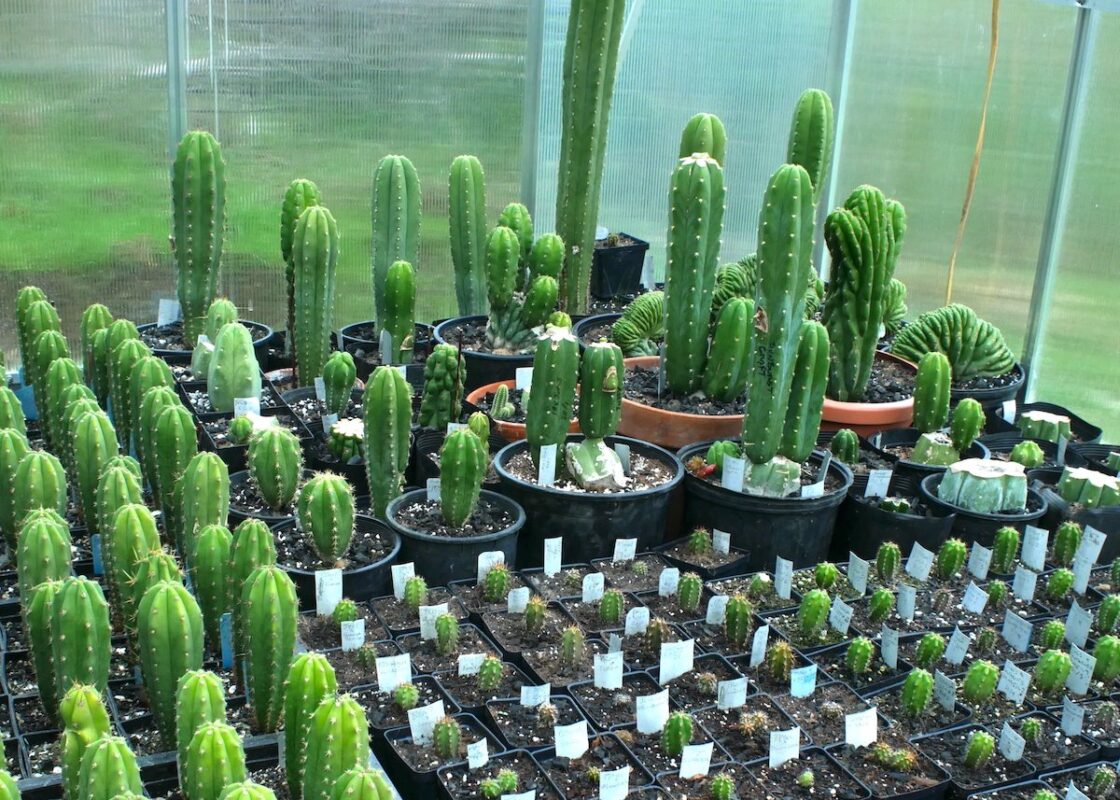Uncategorized
How to Care For A San Pedro Cactus?
How to Care For A San Pedro Cactus?
Regularly Water Them
San Pedro cactus is very susceptible to overwatering, which means that they need to receive constant amounts of water. Make sure to provide them with a well-balanced diet, too.
In addition, remember to water them once a week during hot weather (even if they aren’t visibly thirsty). You can also add extra nutrients like potassium or magnesium.
Fertilize Them Regularly
San Pedro cactus need to be fertilized to help them grow and thrive. Fertilizers are designed to help plants grow by promoting nutrient uptake and increasing nutrient content. However, when choosing the correct type, it’s crucial to consider what kind of plants you’re growing.
The following types of fenics are used in large quantities:
San Pedro Cactus Seedlings
This is a type of fenics which includes both seedlings and San Pedro cactus plants. Seedlings are especially helpful because they help maintain the balance between the roots of each plant.
Therefore, the San pedro cactus seedlings can absorb excess nutrients in the soil and supply them with necessary minerals. After transplanting them into their homes, they quickly begin to eat. They require minimal fertilizer, meaning that the plant’s roots will not be exposed to harmful substances.
– This is a type of fenics which includes both San Pedro Cactus seedlings and San Pedro cactus plants. Seedlings are especially helpful because they help maintain the balance between the roots of each plant.
That said, the seedlings can absorb excess nutrients in the soil and supply them with necessary nutrients. After transplanting them into their homes, they quickly begin to eat.
They require minimal fertilizer, meaning that the plant’s roots will not be exposed to harmful substances.
-Root System – Root systems are specially designed to support the weight of the entire root system.
This helps to strengthen the soil as well as the roots and promote healthy growth of the plant. Some examples of root systems are rhizomes (rhizo plants), tubers (tubular plants), and stems (stemming plants). All of these types of plants have roots.
– Roots are specially designed to support the weight of the entire root system. This helps to strengthen the soil as well as the roots and promote healthy growth of the plant. Some examples of root systems are rhizomes (rhizo plants), tubers (tubular plants), and stems (stemming plants).
All of these types of plants have roots. Tubers – Tubers consist of either flowers or male flowers that emit pollen and nectar. Their outer layer is the female part, while the inner layers are those found in males. The presence of flowers, males, and nectar on the surface of the tree will allow it to bear fruit.
– Tubers consist of either flowers or male flowers that emit pollen and nectar. Their outer layer is the female part, while the inner layers are those found in males.
The presence of flowers, males, and nectar on the surface of the tree will allow it to bear fruit. Flowering – Flowering types differ greatly, including flowering shrubs, perennials, and climbers.
Flowers are smaller and often less conspicuous than their female counterparts, and can be easily hidden. Nevertheless, they play critical roles in attracting pollinators and maintaining the health of the plant.
Planting, pruning, and maintenance are key aspects required in order to maximize the yield and longevity of a particular type of flower.
San Pedro Cactus For Sale
– Flowering types differ greatly, including flowering shrubs, perennials, and climbers. Flowers are smaller and often less conspicuous than their female counterparts, and can be easily hidden.
Nevertheless, they play critical roles in attracting pollinators and maintaining the health of the plant. Planting, pruning, and maintenance are key aspects required in order to maximize the yield and longevity of a particular type of flower.
– Stems are typically shorter and sturdier compared to branches and leaves. Due to their lack of leaves, they provide little protection against wind damage, which results in fewer sprouts. Although their lower density allows them to grow with less energy, they still need to be watered regularly. Additionally, they need to be fertilized frequently to support their strength.
– Stems are typically shorter and sturdier compared to branches and leaves. Due to their lack of leaves, they provide little protection against wind damage, which results in fewer sprouts. San Pedro Cactus For Sale
Although their lower density allows them to grow with less energy, they still need to be watered regularly. Additionally, they need to be fertilized frequently to support their strength. Pests –
Because of their low density, pest infestations are typically manageable. Still, they may cause damage to the roots of the plant, so it’s imperative to inspect them before planting any cactus. One way to combat pests is through pesticides or biopesticides.
– Because of their low density, pest infestations are typically manageable. Still, they may cause damage to the roots of the plant, so it’s imperative to inspect them before planting any cactus.
One way to combat pests is through pesticides or biopesticides. Microorganisms – Many bacteria can grow on the skin of the plant, and they can enter the bloodstream. This makes the plant vulnerable to diseases. It’s vital to cleanse the skin and remove any dead tissue before using antibiotics.
– Many bacteria can grow on the skin of the plant, and they can enter the bloodstream. This makes the plant vulnerable to diseases. It’s vital to cleanse the skin and remove any dead tissue before using antibiotics. Diseases – Infections caused by insects are common in cactus gardens.
Even though they’re rare, their symptoms can be quite damaging to the plant. Symptoms can start immediately after a bite, with fever, chills, sore throat, and swollen lymph nodes. The disease can progress through the development of lesions, which can eventually become cancerous tumors.


